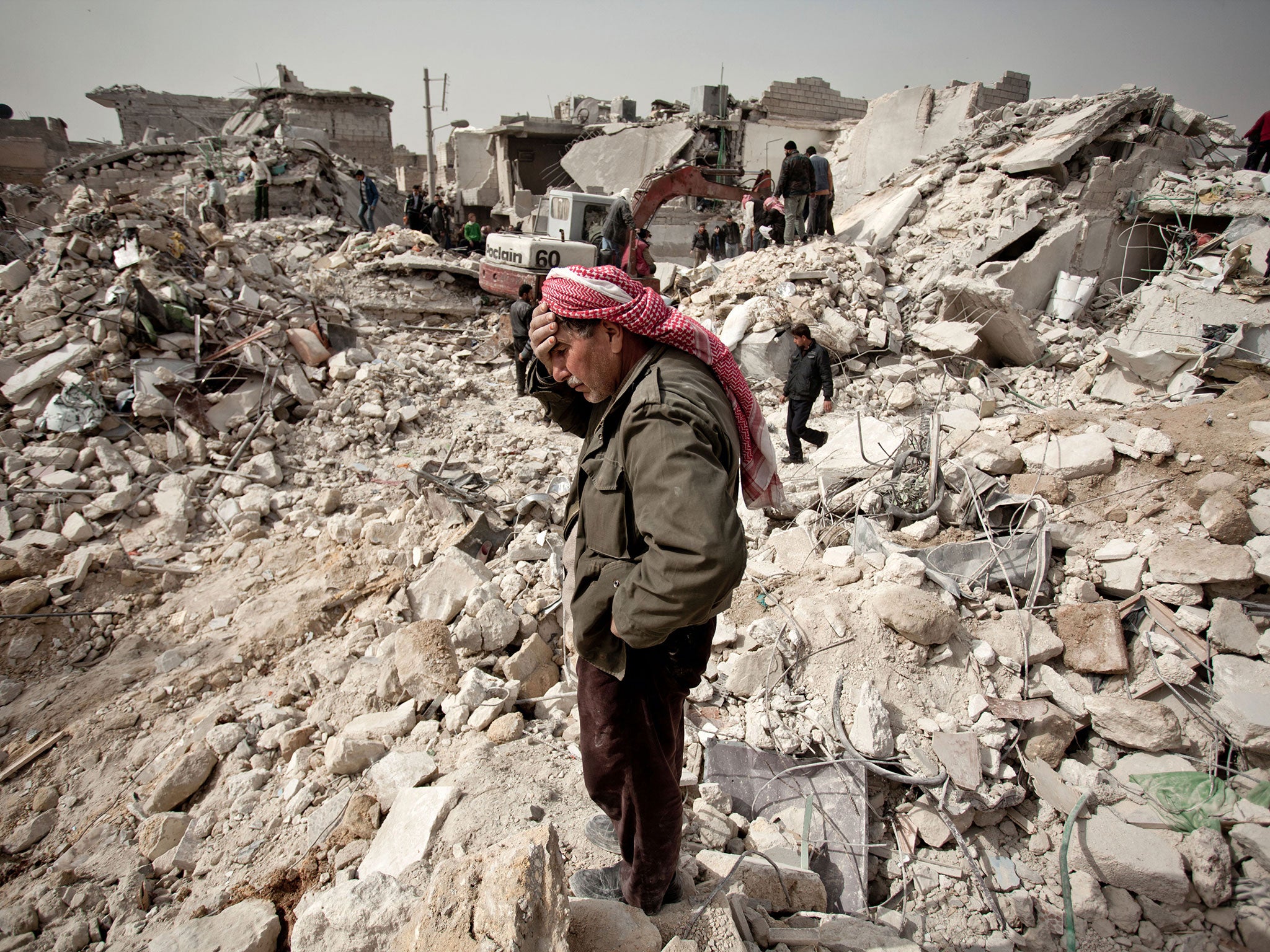UK launches just 33 successful air strikes in three months of Syria campaign
The RAF has launched fewer than one successful air strike every two days

The British government has launched less than one successful air strike every two days since the RAF began bombing Syria, according to official Ministry of Defence reports.
The MoD publishes a "chronological list of British forces air strikes to assist the Iraqi government in its fight against Daesh" on its website. This database records only 33 successful strikes since the controversial extension of RAF air strikes into Syrian territory following a parliamentary vote on 2 December 2015.
Moreover, after an initial flurry of assaults in the week following the vote the rate of successful strikes appears to be slowing, diminishing almost to a halt in February.

No strikes in Syrian territory are recorded between 31 January and 15 February, when RAF Typhoons destroyed a weapons store on the Syrian bank of the Euphrates river which marks the border with Iraq.
The term "strike" is used by the US-led coalition to imply the successful destruction of a single target, and could imply anything from a single drone strike on an Isis militant to the destruction of a network of tunnels or facilities.
These strikes are not reported consistently, but with only 33 successes reported between 2 December and 18 February (the date of the last update) it is clear that the RAF is hitting fewer than one target every two days.
In the absence of official figures, it is impossible to know how many missions have failed to find their target. However, this low hit-rate will fuel the arguments of those who feel Western air strikes are unlikely to make a positive impact on the lives of Syrian civilians.
Reports last month indicated that Russian air strikes alone have killed moer than 1,000 civilians in Syria, including over 300 children, since they joined the conflict in October 2014. The US-led coalition is allegedly responsible for the deaths of more than 700 civilians since August 2014, according to independent monitoring groups.
A Ministry of Defence spokesperson said: “We are playing a crucial role in a campaign that will take time and patience. Using the right weapon for each scenario, RAF jets have struck Daesh almost 600 times [in Iraq and Syria]."
"In Iraq we have helped to drive them out of Sinjar and Ramadi. In Syria, we have severely weakened them by targeting their key infrastructure.” He emphasised that the RAF's handful of successes should be considered in the context of the wider campaign by the US-led coalition.
The UK's efforts - and successes - continue to be concentrated in Iraq, where the MoD says it has flown over a thousand sorties against Isis since joining the conflict in October 2014.
The strikes in Syria have primarily dropped Paveway IV bombs, which each cost around £30,000, and launched Hellfire missiles valued at around £70,000. The RAF has also made very occasional use of the much-vaunted £100,000 Brimstone missile, said to be the most effective air-to-ground weapon available to the coalition.
According to the MoD, Isis-controlled targets in Syria include: a command and control centre, wellheads and infrastructure in oil fields, a tunnel complex, defence positions and checkpoints, supply trucks and mobile cranes being used to repair bomb damage.
Join our commenting forum
Join thought-provoking conversations, follow other Independent readers and see their replies
Comments
Bookmark popover
Removed from bookmarks